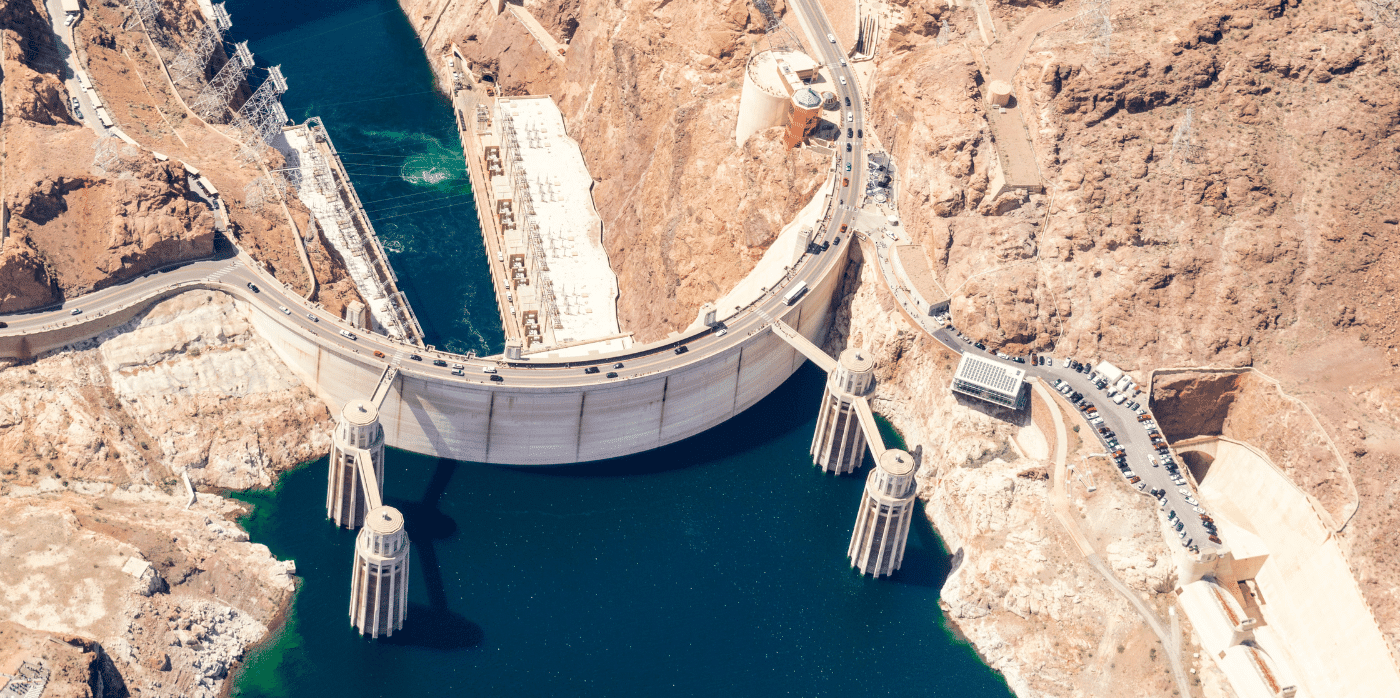Small turbines turn almost any river into a hydroelectric power source
Spotted: Rivers and canals that have mostly been overlooked as sources of renewable energy could begin providing enough power for an entire community. Belgian company Turbulent has developed vortex turbines that are small enough for use in almost any river or canal. Called Living Rivers, the systems of turbines all have impellers that move at a low enough speed to allow marine life to pass safely through the entire structure.
Requiring a minimum of a 1.5-metre drop in height, and a flow of 1.5 cubic metres per second for at least nine months of the year, the turbines provide a constancy of power in comparison to the variability of other renewable energy sources. Turbulent’s teams work closely with local communities to design, build, and manage each project.
A regular, although not onerous, maintenance schedule helps keep the turbines in good mechanical condition. Remote control access makes it easy to adjust the system, and Turbulent’s designs never impede the natural flow of the river. Rather, they help locals clean the waterway. A large trash rack plus protective mesh gathers rubbish and prevents it from travelling further downstream or harming the turbine.
Springwise previously covered Turbulent earlier in the startup’s development. Since then, the company has delivered projects in Bali, Chile, Estonia, France, and Portugal. Projects in the USA, the Philippines, Thailand, Taiwan, and the Democratic Republic of Congo are in progress. Springwise has also been tracking the global growth of hydropower more broadly, spotting a hydroelectric dam built by robots, a turbine design that allows fish to pass safely, and a solar-hydro hybrid project in Thailand.
Written by: Keely Khoury
22nd July 2022
Email: info@turbulent.be
Website: turbulent.be


